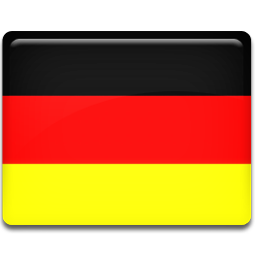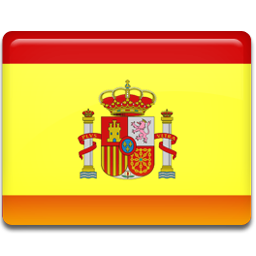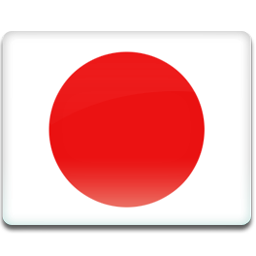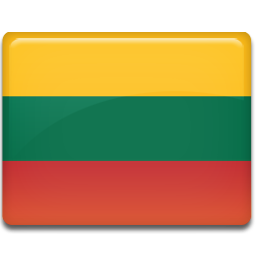Any new garment style comes from the originality of the designer, but only the style that satisfies the market requirements will achieve commercial success.
Therefore, good designers will closely monitor social, market, and material trends to anticipate and, possibly, influence fashion developments and kill fully designed products that will be eagerly received. A good garment supplier should have a reliable design team conversant with current fashion trends and manufacturing methods.
Interpreting and converting a design from either a fashion sketch or a sample garment into a commercially acceptable garment requires production to be carefully engineered through all the manufacturing stages. Garment manufacturing operations and sequences differ according to the style of the garment, but for. cu-fashioned garment, as opposed to knit-fashioned garments, the manufacturing follows a similar sequence of processes.
- Today. let's talk manufacturing sequences for cut-fashioned garments of pattern Cutting process.
Cut-fashioned gym activewear is assembled from cut garment pieces.

When making running wear women. The first process in the sequence is to interpret the designer's sketch into a set of patterns from which a sample garment may be made. This process is referred to as pattern cutting. Though garment pieces could be produced directly by draping and pinning either actual fabrics or calico onto dress stands, for the most part, in mass production, a set of paper patterns is made.
Generally,paper patterns for the medium-sized sample are cut first, and after the samples made with those patterns are approved, patterns for the various sizes needed to fulfill the order are produced from the medium-sized patterns by a process known as grading.
Before cutting the paper patterns, the pattern cutter should carefully study the sketches and style features including any measurements specified by the designer to ascertain the quantity and shape of each pattern piece that is needed. If the paper patterns are developed directly from the buyer's sample,a detailed analysis of the structure of the sample garment is also necessary. Experienced pattern cutters may use their own formula to calculate the pattern dimensions to realize your athleisure fashion.

For upper body garments or tops, such formulate are usually based on the bust measurement and some particular measurements, say garment length and sleeve length, or based on the hip measurement and some particular measurements, say the front rise and back rise, for lower garments like new workout leggings. Curved or straight structural lines join these points marked on paper to create each pattern.
Alternatively, some pattern cutters use basic block patterns to produce the required patterns.
Block patterns are patterns produced to a specific shape without any styling features that will fit a different part of the anatomy according to a set of anthropological data. Consequently, many types of basic blocks exist including bodice blocks, etc. These block patterns only provide the pattern cutter with a basic pattern shape, and many skills and considerable experience are needed to adapt these patterns into a final set of patterns that correspond to the designer's sketch or sample garment and provide the required degree of fit.
For symmetrical garment pieces such as left and right sleeves or symmetrical left and right front bodies, only one pattern would usually be made initially.
Ultimately a complete set of production patterns for each size will normally be produced with a separate pattern for each exercise wear women component. For some smaller scale manufacturing operations, when either producing a marker or layout of the pattern pieces to cut the fabric, symmetrical patterns may be used twice, that is, with the face side up to draw one side ( say the left) pattern and then with the pattern flipped to draw the other side ( say the right) pattern. Similarly, if there is no front opening or no center back seam, only a half paper pattern to be folded over along the center front (CF) or center back (CB) for the front or back body is usually made. "CFF" or "CBF" will be marked near the CF or CB line to indicate the” center front fold" or” center back fold".Notches should be marked on or cut into the patterns to indicate the seam allowances, folding lines .dart sites balance marks, etc.,and grain lines showing the direction in which the pattern Should be laid onto the fabric before cutting must be marked. Finally, information about the style number, pie ce name, and size,eye. must be indicated on each pattern as illustrated in Fig5. 1







